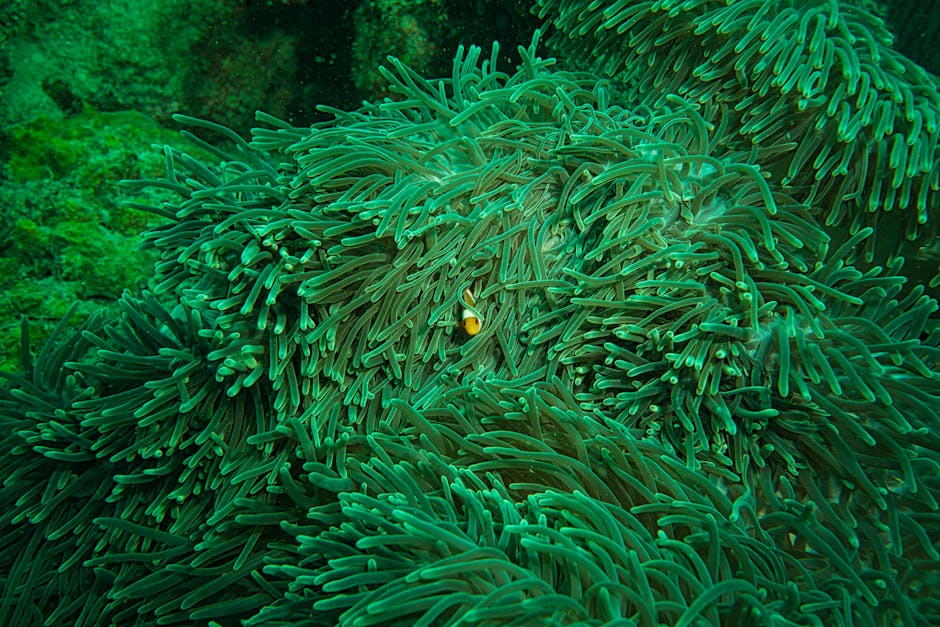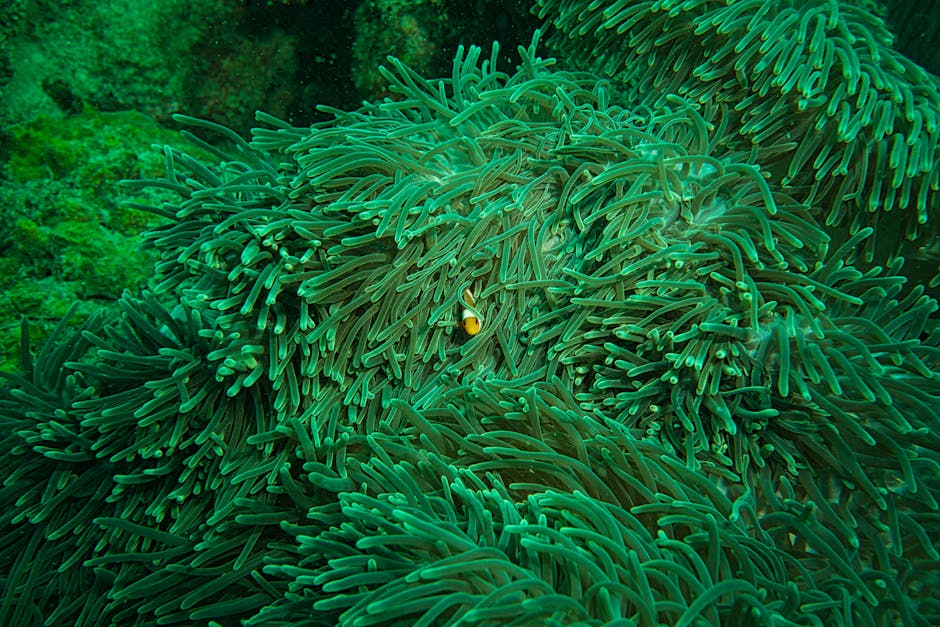Deep Sea Sugar and Salt: Unveiling the Mysteries of Ocean Salinity and Life’s Building Blocks
Deep Sea Sugar and Salt: Unveiling the Mysteries of Ocean Salinity and Life’s Building Blocks
The ocean’s vastness holds secrets far beyond the reach of sunlight. While the shimmering surface teems with vibrant life, the deep sea, a realm of perpetual darkness and crushing pressure, presents a seemingly inhospitable environment. Yet, within this seemingly barren landscape, a complex interplay of chemical processes, driven by the presence of dissolved salts and organic molecules, supports a surprisingly diverse ecosystem. This article delves into the fascinating world of deep sea sugar and salt, exploring their origins, roles, and implications for life in the abyssal plains.
The Salinity of the Deep: A Foundation for Life
The ocean’s salinity, primarily driven by dissolved salts like sodium chloride (common table salt), is a fundamental characteristic shaping the deep-sea environment. This salinity isn’t uniformly distributed; it varies subtly with depth and geographic location, influenced by factors like river runoff, sea ice formation, and hydrothermal vents. These variations, though subtle, exert a profound influence on the organisms inhabiting the deep.
The high salt concentration influences the osmotic pressure within deep-sea organisms. They have evolved remarkable mechanisms to regulate their internal salt balance, often involving specialized cells and organs that actively pump ions in or out to maintain homeostasis. These adaptations are crucial for survival in a consistently hyperosmotic environment.
Deep Sea Sugar: A Source of Energy in Darkness
Unlike the sunlit surface waters, the deep ocean relies on a different source of energy: marine snow. This constant rain of organic debris – sinking particles of dead plankton, fecal pellets, and other organic matter – is the primary food source for the deep-sea ecosystem. This marine snow is rich in various organic compounds, including sugars – complex carbohydrates that provide the energy needed to sustain life in the deep.
Bacteria play a critical role in the processing of this organic matter. They break down the complex sugars and other organic molecules into simpler compounds, making them available to other organisms in the food web. This microbial activity is essential for the functioning of the deep-sea ecosystem, converting energy from decaying organic material into a usable form.
Chemosynthesis: An Alternative Energy Pathway
In addition to the marine snow-dependent food web, some deep-sea ecosystems thrive on chemosynthesis. Hydrothermal vents, found along mid-ocean ridges, release chemicals like hydrogen sulfide from the Earth’s interior. Chemosynthetic bacteria use these chemicals, instead of sunlight, to produce energy. They form the base of unique food webs around these vents, supporting a vibrant array of specialized organisms.
These chemosynthetic communities are particularly fascinating because they demonstrate life’s remarkable adaptability. They thrive in an environment devoid of sunlight, relying on chemical energy to fuel their existence. The sugars and other organic compounds produced by chemosynthetic bacteria form the basis of the food chain in these unique ecosystems.

The Interaction of Sugar and Salt: A Delicate Balance
The interaction between the dissolved salts and organic sugars in the deep sea is complex and not fully understood. Salinity affects the solubility and reactivity of organic molecules, including sugars. The presence of certain salts might enhance or inhibit the breakdown of organic matter by bacteria, influencing the overall energy flow within the ecosystem.
Furthermore, the osmotic pressure exerted by the high salt concentration in the deep sea can affect the transport of nutrients, including sugars, into and out of organisms’ cells. Deep-sea organisms have evolved sophisticated mechanisms to manage this osmotic stress, ensuring efficient nutrient uptake despite the challenging environment.
Exploring the Deep: Technological Advances and Discoveries
The exploration of the deep sea has been significantly advanced by technological breakthroughs. Remotely operated vehicles (ROVs) and autonomous underwater vehicles (AUVs) equipped with sophisticated sensors allow scientists to observe and sample the deep-sea environment without the limitations of human divers. These technologies have revolutionized our understanding of deep-sea ecosystems, revealing the incredible diversity and complexity of life in the abyss.
Advancements in genetic sequencing techniques have also contributed significantly to our understanding of deep-sea microbial communities. By analyzing the DNA of deep-sea organisms, scientists can identify new species, track the evolution of deep-sea life, and investigate the metabolic pathways involved in sugar and salt utilization.

The Importance of Studying Deep Sea Sugar and Salt
Understanding the dynamics of deep sea sugar and salt is crucial for several reasons. Firstly, it provides insights into the fundamental principles of life in extreme environments, broadening our understanding of the limits of life on Earth. This knowledge can inform the search for extraterrestrial life, as similar chemical processes may be involved in the support of life on other planets.
Secondly, the deep sea plays a crucial role in the global carbon cycle. The sinking of organic matter, rich in carbon, from the surface to the deep ocean acts as a significant carbon sink, helping to regulate the Earth’s climate. Understanding how this carbon is processed and stored in the deep sea is crucial for predicting the impacts of climate change.
Thirdly, the deep sea harbors a vast reservoir of biodiversity, many of which remain undiscovered. These organisms may hold the key to new medicines, industrial enzymes, and other valuable resources. Preserving the integrity of deep-sea ecosystems is crucial for ensuring the long-term sustainability of these resources.
Future Research Directions
Future research on deep sea sugar and salt will focus on several key areas. Improved technologies for deep-sea exploration and sampling will allow scientists to gain a more comprehensive understanding of deep-sea ecosystems. Advanced analytical techniques will enable the detailed characterization of organic matter and its interactions with the surrounding saline environment. Further research into the microbial communities inhabiting the deep sea will illuminate their roles in the cycling of carbon and other essential elements.

Investigating the adaptations of deep-sea organisms to high salinity and nutrient-poor conditions will provide valuable insights into the evolutionary strategies that allow life to thrive in extreme environments. By combining field studies with laboratory experiments and computational modeling, we can gain a more integrated and holistic understanding of the complex interplay of sugar and salt in the deep sea.
The ongoing exploration of the deep sea continues to reveal astonishing discoveries, pushing the boundaries of our understanding of life on Earth. The study of deep sea sugar and salt is just one piece of this fascinating puzzle, offering a unique window into the hidden world beneath the waves and contributing to our broader understanding of the planet’s complex ecosystems.




